- What Is Agile?
- What Is Scrum?
- What Is Agile Scrum?
- How Does Agile Scrum Work?
- How Does Agile Scrum Methodology Apply To The Context Of Developing Mobile Apps?
- What Are The Benefits Of Agile Scrum Methodology?
- Key Factors Of Agile Scrum For Mobile App Development
- What Are The Agile Scrum Process Best Practices?
- Common Mistakes In Adopting Agile Scrum Methodologies
- Adopt An Agile Scrum Culture With Idea Usher For Your Dream Project
- FAQ
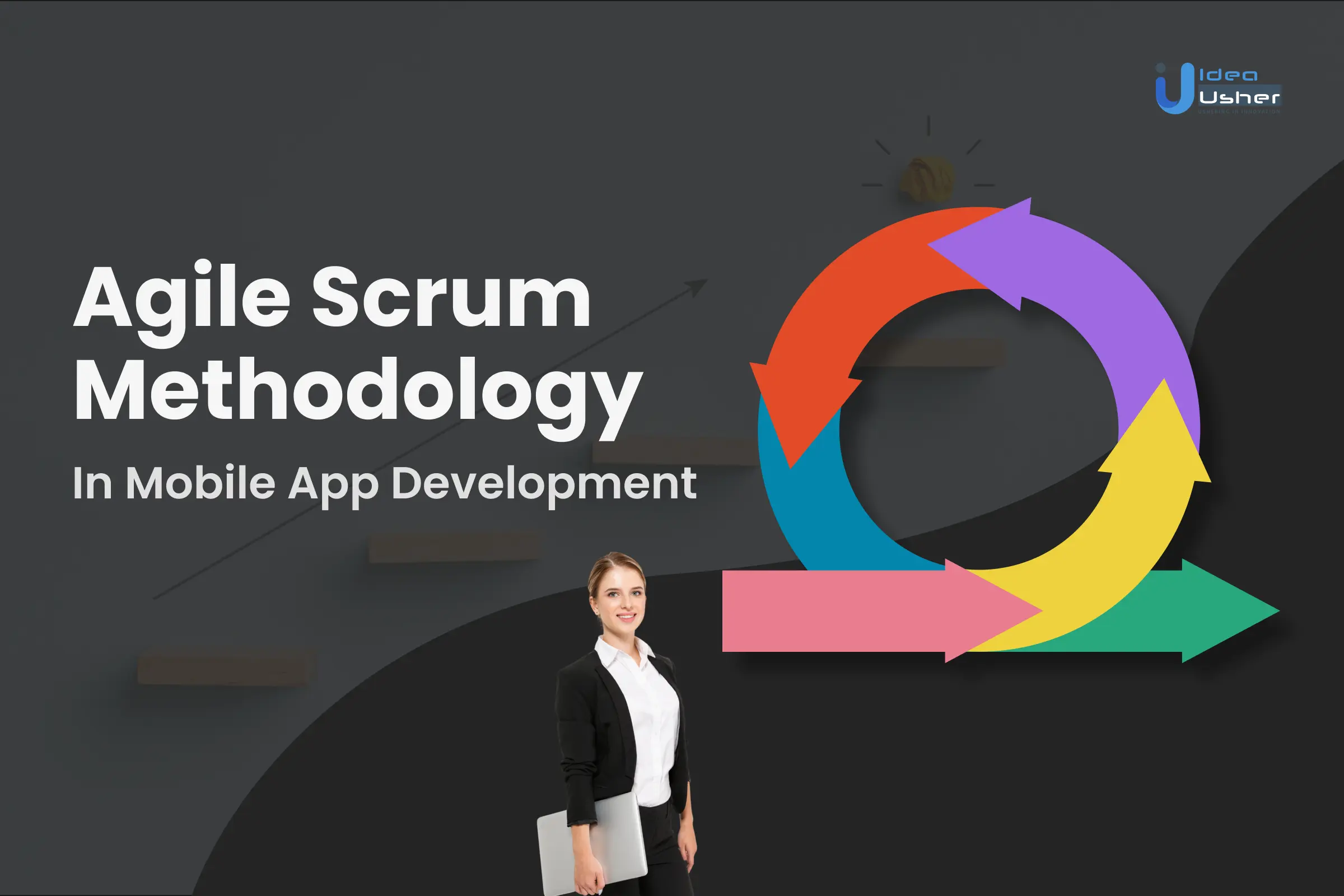
The domain of software development has witnessed significant paradigm shifts in recent years, wherein DevOps methodologies have taken the forefront. Among these methodologies, Agile Scrum has emerged as a formidable framework for efficiently delivering software products of the highest quality. This methodology operates as an advanced project management system that leverages iterative sprints, aiming to maximize value for stakeholders. While Agile and Scrum share certain similarities, they exhibit distinctive characteristics. Agile Scrum, in particular, plays a pivotal role in expediting the mobile app development process and offers manifold advantages to businesses, such as:
- Encompassing augmented business value,
- Accelerated time-to-market,
- Enhanced team transparency, and
- Elevated quality management.
Agile, recognized for its adaptability and emphasis on leadership teams, contrasts with Scrum, which is characterized by its rigidity and promotion of cross-functional teams. Organizations of all sizes widely adopt the Agile Scrum methodology as a strategic approach to foster collaboration and enhance operational efficiency in project-based initiatives. Although Agile and Scrum can be implemented independently, their combination establishes the Agile Scrum methodology as the predominant embodiment of Agile practices. Consequently, this post provides a comprehensive guide to the Agile Scrum methodology, outlining its advantages, limitations, essential tools, potential pitfalls, and other pertinent aspects.
- What Is Agile?
- What Is Scrum?
- What Is Agile Scrum?
- How Does Agile Scrum Work?
- How Does Agile Scrum Methodology Apply To The Context Of Developing Mobile Apps?
- What Are The Benefits Of Agile Scrum Methodology?
- Key Factors Of Agile Scrum For Mobile App Development
- What Are The Agile Scrum Process Best Practices?
- Common Mistakes In Adopting Agile Scrum Methodologies
- Adopt An Agile Scrum Culture With Idea Usher For Your Dream Project
- FAQ
What Is Agile?
Agile denotes a practical method of software engineering that prioritizes step-by-step deliverables, team cooperation, constant strategizing, and continuous learning. It is not a fixed set of tactics or equipment but rather a mindset that remains receptive to changes and trade-offs.
The adoption of Agile development practices allows teams to shorten their software development life cycle, ensuring that the final product is delivered promptly. It provides the development team with the flexibility of the whole project, where their projects swiftly adapt to their changing needs, resulting in a user-centric end product. It is often agreed that a significant investment in effective DevOps is creating and fostering an Agile culture within the firm. Agile methodology eliminates time wasted on failed processes and focuses on collaboration and solutions. It leads to the following:
- Rapid development through prioritizing delivering increments within weeks and completing software within months.
- Enhances app quality through integrated testing at every sprint.
- Effective communication and face-to-face meetings for seamless coordination and adaptation.
- Boosts client satisfaction with regular demos of new features.
- Promotes transparency by involving all stakeholders in the development process.
- Regular feedback to track progress after each improvement, enabling faster feedback and continuous enhancement.
- Employee empowerment as self-organizing teams creates their path, fostering trust and empowerment.
- Continuous improvement as participants continuously tune and simplify the process for maximum efficiency.
- Accelerates ROI through faster development and multitasking capabilities.
What Is Scrum?
Scrum is a framework designed to facilitate effective collaboration among teams engaged in complex product development. It falls within the realm of agile methodologies and encompasses various meetings, roles, and tools that aid teams in structuring and managing their workload. While Scrum finds its most common application in software development teams, its benefits extend to any team pursuing a shared objective.
Who Can Derive Advantages From Scrum?
While Scrum offers advantages across a wide range of businesses and projects, the following entities are most likely to benefit:
1. Projects with intricacies:
Scrum methodology proves particularly suitable for endeavors involving intricate tasks that necessitate the completion of a backlog. By breaking down each process into manageable units, Scrum simplifies the management of complex projects.
2. Results-driven companies:
Companies prioritizing outcomes over meticulous documentation of the process can significantly benefit from Scrum. This is owing to Scrum’s focus on efficiency and innovation as drivers of results rather than an overly rigid and detailed procedure.
3. Customer-centric enterprises:
Companies engaged in the development of products tailored to customer preferences and specifications can leverage the adaptability of Scrum to accommodate changes effectively. This flexibility plays a pivotal role in responding to evolving customer demands.
What Is Agile Scrum?
Agile and Scrum are interchangeable terms, where Agile serves as the overarching methodology, and Scrum represents the specific project management framework following Agile principles. While an Agile team can operate without Scrum, Scrum always adheres to the Agile methodology. Also known as the Scrum methodology, Scrum acts as an Agile framework promoting team collaboration and successful product delivery.
In software development, Agile Scrum is widely adopted for its iterative and incremental approach, emphasizing continuous improvement. Key activities include sprint planning, daily stand-ups, sprint reviews, and retrospectives.
Agile Scrum teams consist of cross-functional members, with the Scrum master guiding the team, ensuring adherence to Scrum principles, and removing obstacles. Within each sprint, the development team completes tasks from the product backlog to enhance the product, overseen by the product owner.
In summary, Agile Scrum is a widely used framework emphasizing adaptability, teamwork, and striving for better outcomes. It suits industries seeking flexibility, such as marketing and event planning.
How Does Agile Scrum Work?
- Agile Scrum methodology is a project management process based on iterative development.
- It utilizes time-bound cycles called Sprints, typically 2-4 weeks.
- Sprints involve planning, coding, and testing the product, with daily Scrum meetings to track progress.
- Stakeholder involvement is essential throughout the process, with continuous feedback and input.
- The Scrum team receives feedback after each sprint and can incorporate changes or address challenges in subsequent sprints.
- This iterative approach ensures the production of valuable iterations that align with stakeholder requirements.
- Regular stakeholder involvement fosters satisfaction as their needs are consistently addressed.
- The Agile Scrum methodology emphasizes collaboration and adaptability for successful project management.
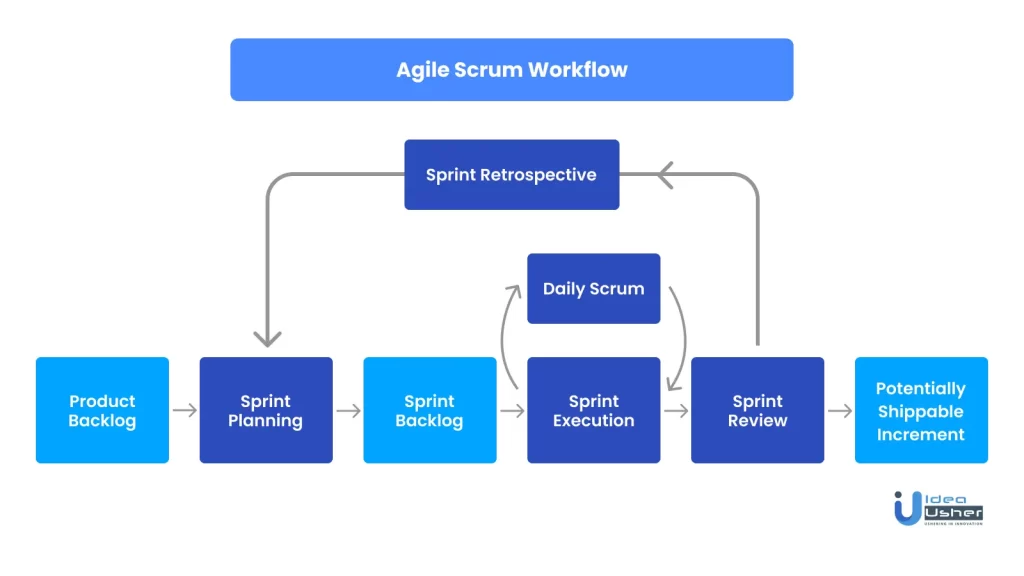
How Does Agile Scrum Methodology Apply To The Context Of Developing Mobile Apps?
The Agile methodology assumes a prominent role in the realm of mobile app development, particularly through the widespread adoption of Scrum. This approach proves invaluable in effectively managing large and intricate projects that would otherwise demand considerable time. When implementing Agile principles in mobile app development, developers must take into account the limitations posed by small screens, restricted memory, and processing power.
Agile and Scrum methodologies encompass programming, development, and project management, breaking down the software development life cycle into manageable modules. Companies offering mobile application development services leverage Scrum by dividing the work into sprints lasting two to four weeks. Each sprint aims to deliver a functional app that can be incrementally enhanced. The adoption of Agile methodology and its accompanying steps streamline the mobile app development process, resulting in improved efficiency.
7 Phases Of The Agile Software Development Life Cycle
Phase 1
Define and rank projects according to priority.
Identify and prioritize projects based on business opportunity, technical and economic feasibility. The team may work on multiple projects simultaneously. Use diagrams to demonstrate how new features fit into the existing system.
Phase 2
Identify the roles in the Agile team
Efficient distribution of roles is vital for an Agile Distributed team’s success:
- Product Owner: Oversees teamwork, maintains an updated backlog, and facilitates communication with customers.
- Scrum Master: Ensures adherence to Agile Scrum, resolves issues, and monitors team performance.
- Scrum Team: Self-organized, cross-functional team responsible for development and testing.
Phase 3
Create a diagram of the requirements for the first sprint
Collaborate with stakeholders to define requirements for the initial sprint. Allocate resources and create timelines. Use swimlane process maps or user journey flow diagrams to visualize the workflow and responsibilities.
Product Backlog
The Product Owner manages a dynamic list of tasks, continuously updating and prioritizing them for the team’s sprints.
Sprint Backlog and Planning
During this step, the Agile mobile app development team selects and breaks down sprint backlogs into actionable tasks, commencing the sprint.
Phase 4
Iterate and develop the software
Begin development and iterations. UX designers and developers work on the first iteration with the goal of launching a working product at the end of the sprint. Further iterations will add to the overall functionality of the product.
Phase 5
Launch the iteration into production.
Before releasing the product, test the system, address defects, and finalize system and user documentation. Launch the iteration into production.
Daily Scrum meeting
Once the Agile methodology steps are initiated, the team holds a brief daily stand-up meeting to share progress, discuss plans, and synchronize efforts.
Agile Sprint review
After each sprint, the team presents their accomplishments to stakeholders, assesses challenges faced, and identifies areas for improvement in subsequent sprints.
Increment
An increment refers to the completed outcome of a sprint, meeting quality standards defined by the team and Product Owner and providing value to the project.
Phase 6
Provide ongoing support and maintenance for the released software
Provide ongoing support for the software release, including troubleshooting and user guidance, until support is no longer needed or the release is planned for retirement.
Phase 7
Eventually, retire the software.
The retirement phase involves removing the system release from production due to redundancy, obsolescence, or a change in the business model.
What Are The Benefits Of Agile Scrum Methodology?
Here are some of the benefits of using Agile Scrum methodology in mobile app development:
1. Benefits To Customers
- Customers receive more responsive development services from vendors.
- High-value features are developed and delivered quickly in short cycles.
- The Agile Scrum process offers delivery faster than classic “waterfall” methods.
2. Benefits To Vendors
- Vendors reduce wastage by focusing on high-value features.
- Time-to-market is decreased relative to waterfall processes due to increased efficiency and reduced overhead.
- Improved customer satisfaction for better customer retention and positive customer references
3. Benefits To Development Teams
- Team members enjoy development work and see their work being used and valued.
- Agile Scrum reduces non-productive work and gives team members more time to focus on their work.
- Requirements are chosen to maximize value to your customers, indicating the value placed on the team’s work.
4. Benefits To Product Managers
- Scrum makes it easier for Product Managers to ensure development work aligns with customer needs.
- Frequent opportunities to re-prioritize work maximize the delivery of value to customers
5. Benefits To Project Managers
- Scrum provides a concrete and easier approach to planning and tracking than waterfall processes.
- Task-level tracking, Burndown Charts, and Daily Scrum meetings give Project Managers insight at all times into the state of the project.
- High visibility into the project’s progress enables quick issue identification and resolution.
6. Benefits To PMOs and C-Level Executives
- The Agile Scrum process provides high visibility into the project’s state daily.
- PMOs and C-Level executives can plan more effectively and adjust their strategies based on accurate information.
Key Factors Of Agile Scrum For Mobile App Development
1. Have A Team Member Who Can Fill In The Role Of A Scrum Master.
- In Agile Scrum development, it is crucial to appoint a Scrum Master who oversees the development process and addresses any challenges the team faces.
- They gather requirements from end-users, manage backlogs, and conduct scrum meetings, playing a critical role in ensuring the smooth completion of Agile projects.
- The Scrum Master’s responsibilities are vital in Agile methodology and require a capable individual to manage them effectively.
2. Team Members Must Know Their Roles And Responsibilities.
- The effectiveness of Agile mobile app development hinges on each team member’s understanding of their roles and their ability to work independently.
- Any discomfort or confusion regarding roles could lead to execution challenges, hindering the project’s success and preventing the full realization of Agile methodology benefits.
3. If The Agile Model Actually Benefits Your Industry.
- Prior to implementing Agile, it is essential to evaluate if it is a suitable approach for the specific industry.
- Agile is effective for small teams managing projects with varying deliverables, unknown solutions, and constant interaction with clients. This makes it ideal for industries such as software development, marketing, supply chain management, and strategic planning.
- However, established processes or static deliverables in fields like accounting, sales, and procurement would not benefit from Agile methodology.
What Are The Agile Scrum Process Best Practices?
1. Follow Agile Scrum Ceremonies
Agile Scrum ceremonies encompass a series of stages that facilitate the transition of tasks on a Scrum board. These ceremonies can be implemented in their entirety or selectively to ensure smooth operations at every step. The Scrum ceremonies comprise:
1.1. Daily Scrum (also known as daily stand-up)
— a brief 15-minute meeting held each day to review the board, identify any obstacles hindering task progression, and foster team discussion. It is referred to as a stand-up because participants are encouraged to remain standing to enhance focus.
1.2. Sprint Planning
— the process of determining which tasks from the to-do list (or product backlog/user stories) will be placed on the board, establishing deadlines (typically two weeks), and assigning responsibilities to the team.
1.3. Sprint Review
— a meeting held at the end of the Sprint to discuss the project’s progress with stakeholders. This is an opportunity to showcase the direction of the project that your boss has been eagerly anticipating for two weeks.
1.4. Sprint Retrospective
— distinct from the Sprint review, the retrospective primarily benefits the team. During this session, the team gathers to assess what went wrong, what went well, and areas for improvement before embarking on the next Sprint.
2. Identify The Scrum Roles
Agile Scrum methods are beneficial in enhancing transparency in DevOps. It is crucial for teams to function effectively and have a clear direction. There are various effective techniques that can also help to improve team productivity and focus on customer needs. There are scrum roles that are crucial in defining responsibilities within the process. These roles include:
2.1. Product Owner
The Product Owner holds authority, overseeing the backlog and determining priorities for User Stories/Tasks. They are accountable to higher-level stakeholders within the organization.
2.2. Scrum Master (or Scrum Leader)
The Scrum Master ensures the team adheres to Agile Scrum practices and fosters effective collaboration. This role has gained significance, with some companies requiring certification to fulfill it.
2.3. Developers
The Development Team comprises individuals who transform Tasks/User Stories into actionable plans, setting Sprint goals and estimating time for completion.
The Product Owner initiates tasks, the Scrum Master manages them on the board, and the Development Team carries out the work. This is important because it ensures a smoother workflow and effective communication within the team, leading to better problem-solving and project outcomes.
3. Prioritize User Stories
- Before commencing your project, it is crucial to prioritize User Stories to ensure smooth execution within an Agile Scrum framework.
- User Stories encompass actionable elements, including product features, enhancements, and fixes.
- The process involves more than just handpicking tasks and placing them on the board. Initially, these tasks are consolidated in the Product Backlog, where the Product Owner assigns priority based on factors like team resources, company mission, or directives.
- Subsequently, the Scrum Master and development team curate a Sprint Backlog, selecting a subset of User Stories deemed feasible for completion within a sprint.
- In essence, the Product Backlog offers a broader perspective, while the Sprint Backlog focuses on achievable tasks.
- This is crucial because it helps set priorities beforehand, ensure a streamlined workflow, minimize disruptions, and prevent unnecessary bottlenecks. It promotes efficient project execution and enables teams to address critical tasks promptly, resulting in smoother project delivery.
4. Utilize Burndown Charts
It is recommended to utilize burndown charts to monitor sprint progress effectively. These charts visually represent the completed work, enabling the identification of any outstanding tasks. Moreover, they assist in highlighting potential risks associated with unfinished work, allowing timely mitigation measures to be implemented. By employing burndown charts, teams can track and communicate their progress in a clear and concise manner, facilitating informed decision-making and promoting successful sprint execution.
5. Scale Agile Scrum With Your Organizational Growth
The increasing popularity of Agile Scrum has led to the development of stereotypes and misunderstandings that undermine its effectiveness. It’s easy to claim Agile Scrum adoption without proper accountability, leading to the development of negative habits and a lack of clarity on Agile’s purpose. While smaller organizations can overlook these issues, larger operations face significant challenges if they’re not addressed.
Common Mistakes In Adopting Agile Scrum Methodologies
Here are some common mistakes to check if your team uses agile scrum techniques:
1. Lack Of Agile Culture Adoption
To ensure a successful transformation, it is essential to acculturate Agile within the company by fostering a mindset that values agility and continuous improvement. Management and employees should be on the same page and understand the transformation taking place.
2. Poorly Defined Team Member Roles
If you’re uncertain about who to contact regarding the project, it indicates that the team has done a poor job of clarifying their roles. To avoid confusion, it’s essential to determine who the product manager is as they are your primary point of contact, responsible for sharing your product vision with the development team. Additionally, identify the project manager responsible for daily coordinating developers and other team members.
3. Stagnant Product Backlog
The product backlog is where the product manager prioritizes app features. If there’s no activity in the backlog, it’s a sign that something has gone wrong. To stay updated with any changes, check the backlog regularly and ask your product manager if there are any unexpected changes.
4. Excessive Use Of PM Tools Or Multiple Tools
Agile Scrum teams may sometimes become preoccupied with using several project management tools. However, it’s unnecessary to overcomplicate agile project management for mobile application development. Instead, choose a single project management tool for real-time progress tracking and use frequent communication via Slack or emails.
5. Zero Documentation
It’s critical to have some form of documentation, even in the most agile teams. Architectural diagrams, low-fidelity and high-fidelity wireframes, and user stories captured in the backlog are the bare minimum requirements. In addition, app developers need to write code comments that will be useful when considering knowledge transfer in-house.
6. Starting Too Quickly
Agile Scrum methodologies provide fast results, but implementing them in a corporate environment requires caution. Don’t bring it into play suddenly; follow the necessary processes for a successful change.
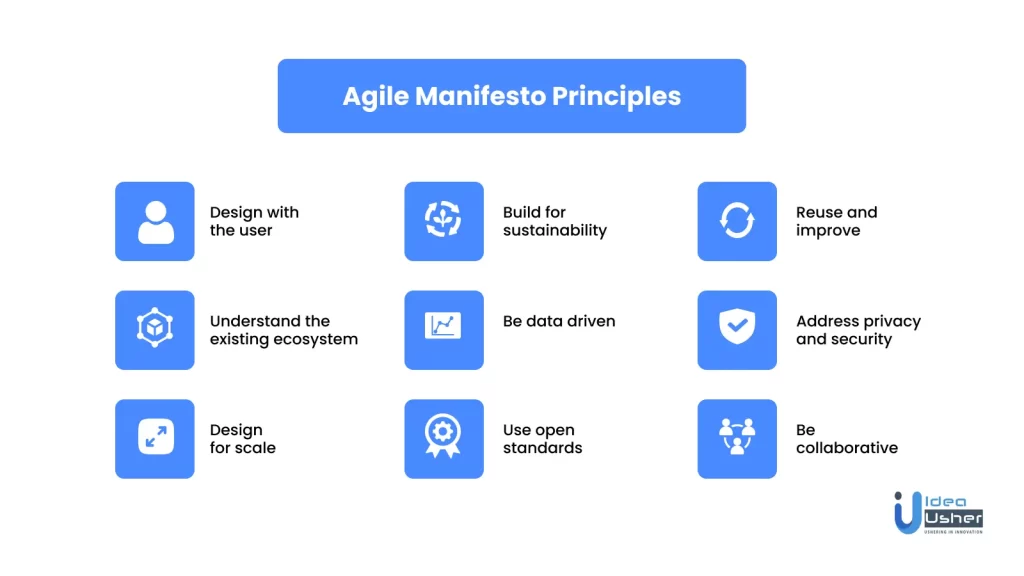
Adopt An Agile Scrum Culture With Idea Usher For Your Dream Project
The agile scrum methodology provides a greater degree of flexibility compared to traditional methods, allowing companies to prioritize individuals over procedures. This approach encourages customer involvement in the production process while giving internal teams more significant influence in determining the final product, as opposed to a top-down approach.
Adopting Agile Scrum for app development allows for continual iteration, ensuring that market and consumer feedback can be quickly integrated while maintaining overall cost. It ensures transparency of each project by conducting regular meetings with the client or customer and providing access to project data and progress for all involved parties.
To leverage these benefits, consider partnering with Idea Usher, where we prioritize our clients and their requirements. We employ a four-step agile development process that emphasizes transparency and user-centered outcomes:
- Our thoughtful sprint planning encourages your engagement, and fosters shared understanding, enabling us to achieve our objectives more efficiently.
- We utilize microservices and decoupling of code to create a scalable architecture, empowering our teams to function with greater autonomy and speed.
- The team members actively participate in our weekly stand-up meetings, which aim to highlight progress and promote a shared understanding.
- We conduct thorough code reviews to detect potential issues, such as performance problems, memory leaks, and file leaks, before the code is deployed.
Contact us now!
Contact Idea Usher at [email protected]
Or reach out at: (+1)732 962 4560, (+91)859 140 7140
FAQ
Q. How do I improvise the impact of Agile?
A. Being a learning organization means having the principles of inspecting, adapting, and transparency embedded in every event to create as many learning opportunities as possible.
To fully benefit from Agile, the entire company needs to be involved and focus on value delivery using system thinking. Consistent measurements that drive the business should also influence engineering services. A clear purpose should be provided since the goal is to have an environment that fosters experimentation and learning. These experiments yield significant data points that should influence future behavior.
Agile is not just an engineering services activity but a company-wide sport that requires a learning organization, a clear purpose, and a trusting environment. Without these, the effects of Agile will be diminished.
Q. What is Scrum methodology in relation to Agile project management?
A. Scrum methodology is a component of Agile Project Management that involves a collaborative team led by a Scrum Master. The primary responsibility of the Scrum Master is to remove any impediments that hinder the team’s progress. Work is accomplished in iterative and time-boxed cycles called sprints, and daily team meetings are held to discuss ongoing tasks and address obstacles. This methodology emphasizes efficient communication, adaptive planning, and the empowerment of the team to deliver high-quality results.
Q. Why is Agile best for app development?
A. Agile is best for app development because it allows for early and continuous delivery of working software, welcomes changes in requirements, promotes collaboration between business and development teams, and prioritizes customer satisfaction through iterative development cycles.
Q. What are the stages of Agile development?
A. The stages of agile development are as follows:
- Define and rank projects according to priority
- Create a diagram of the requirements for the first sprint
- Iterate and construct the software
- Launch the iteration into production
- Provide ongoing support and maintenance for the released software
- Eventually, retire the software.


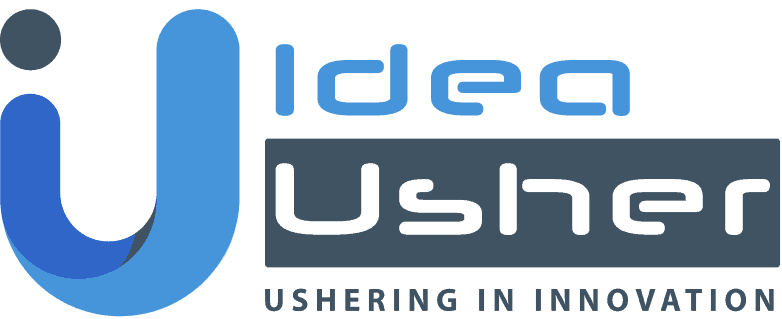

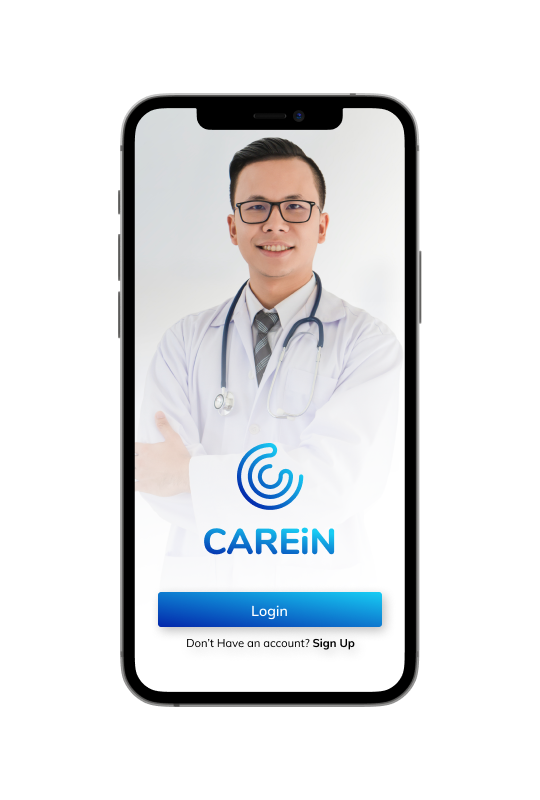
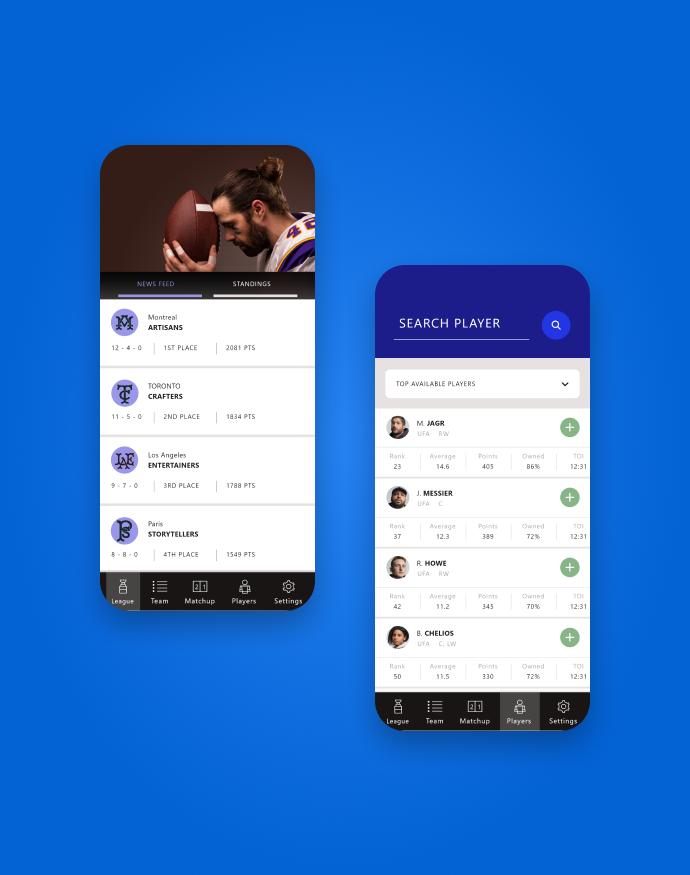
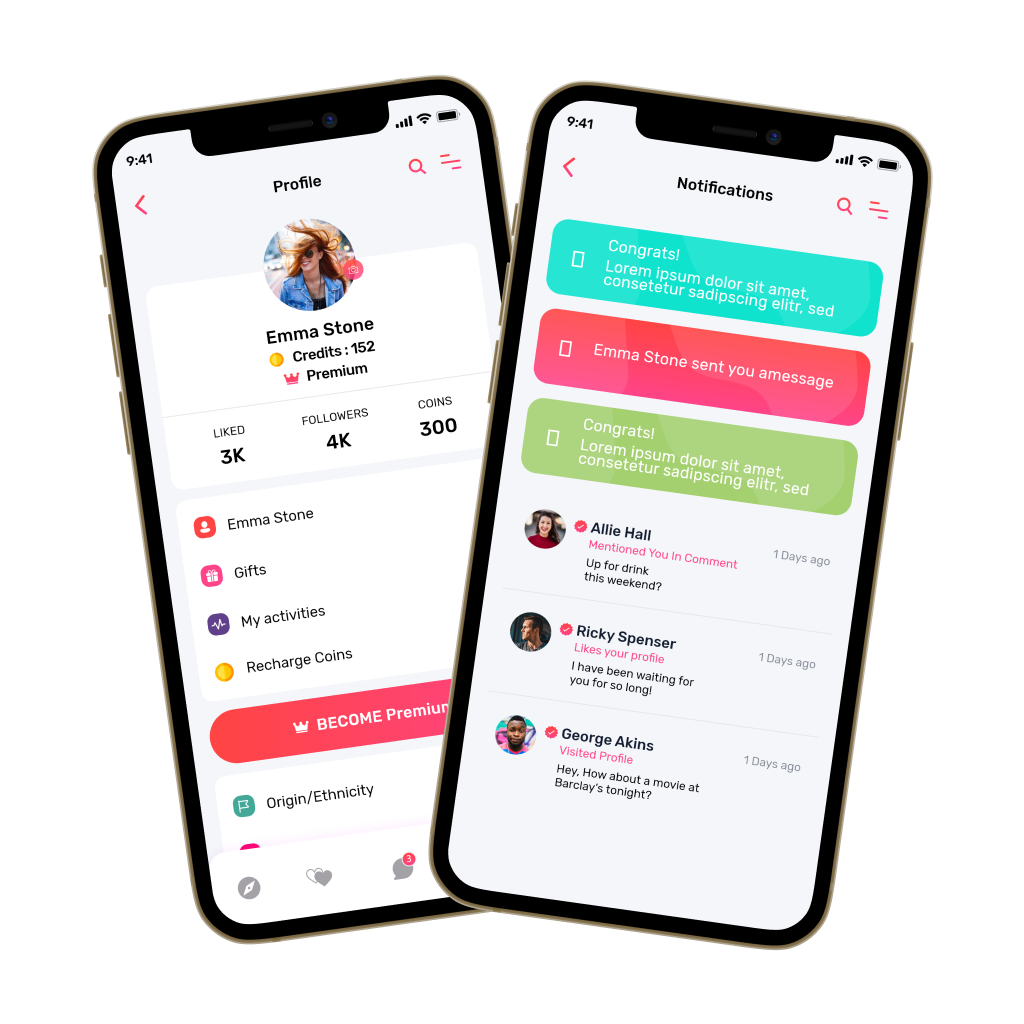

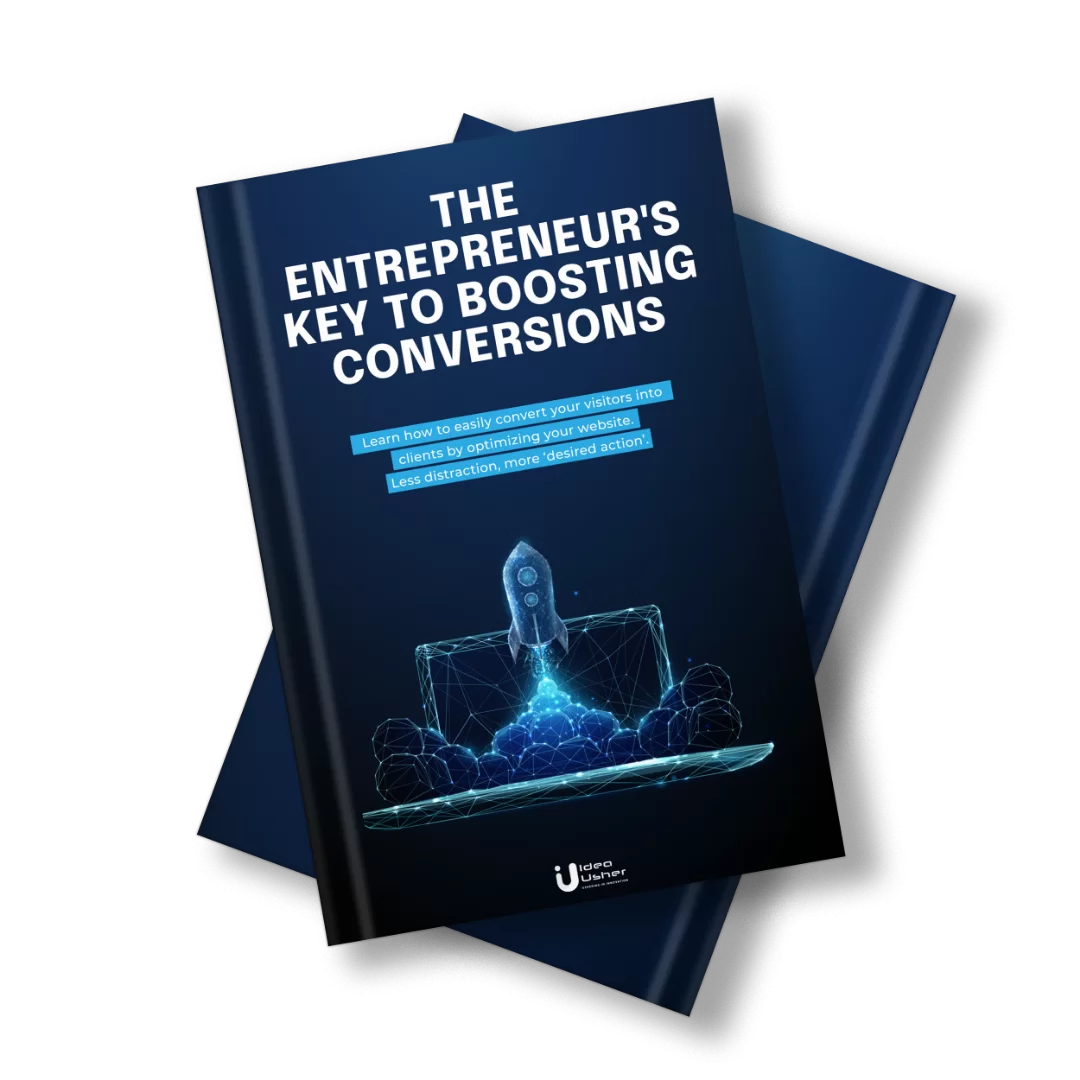
Rebecca Lal